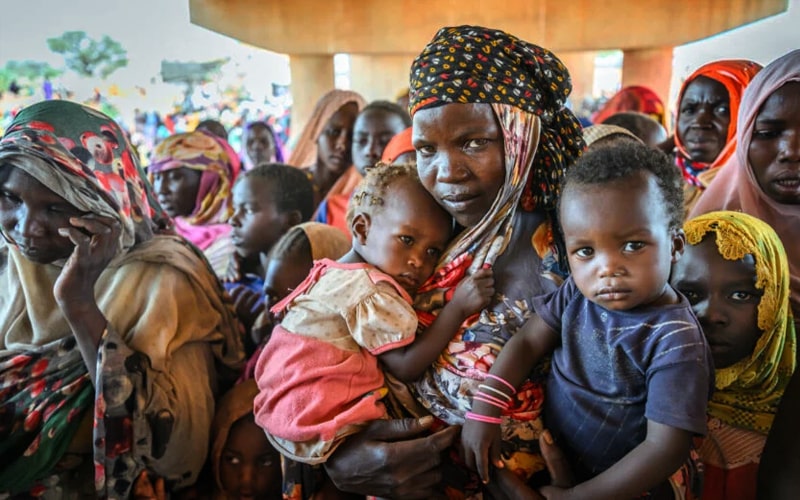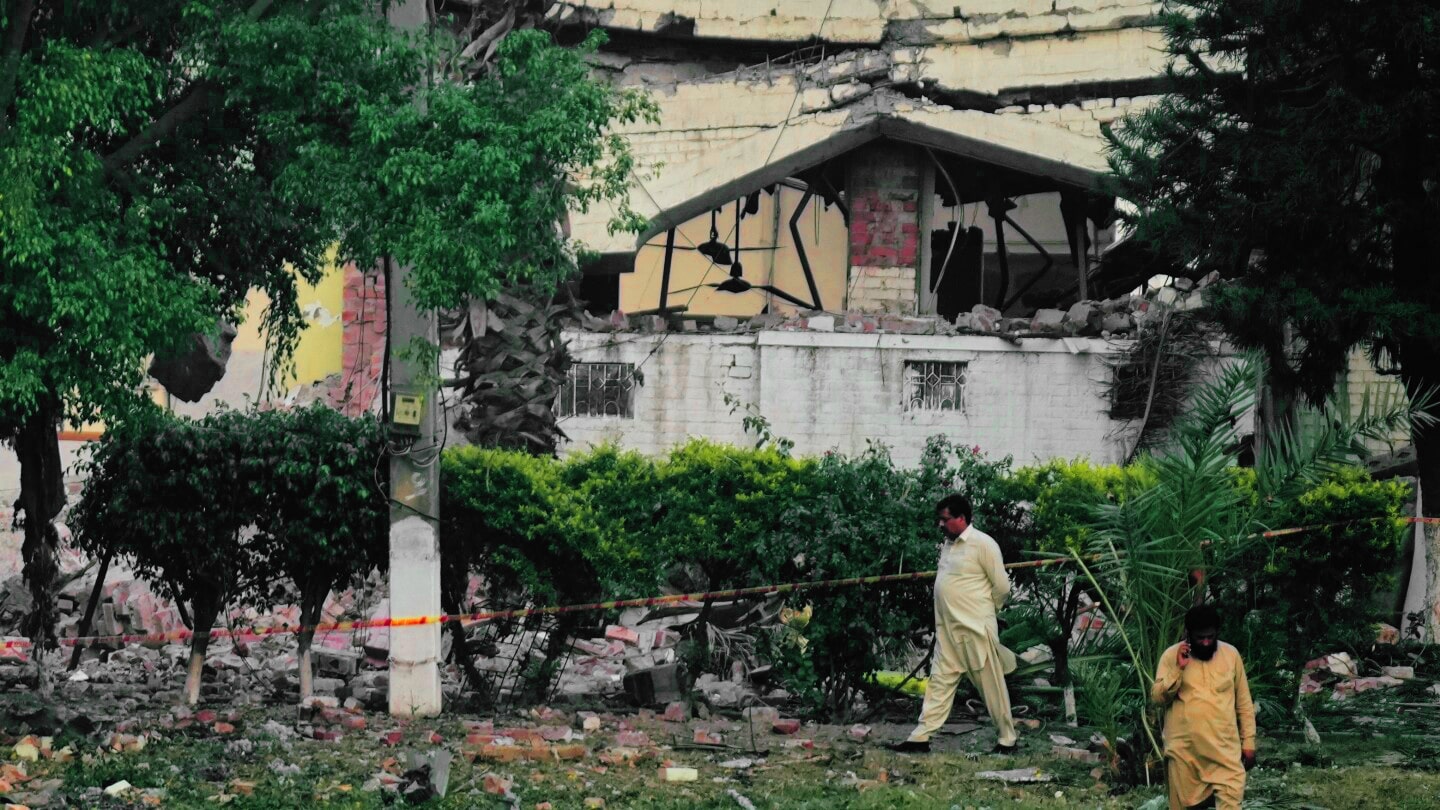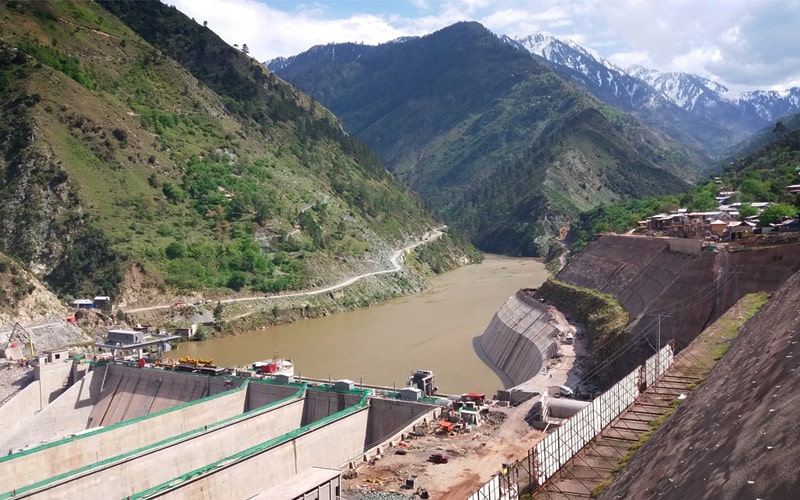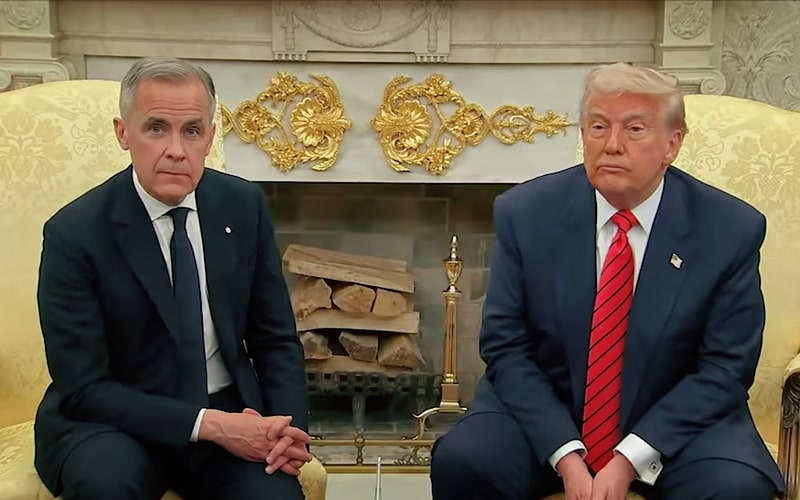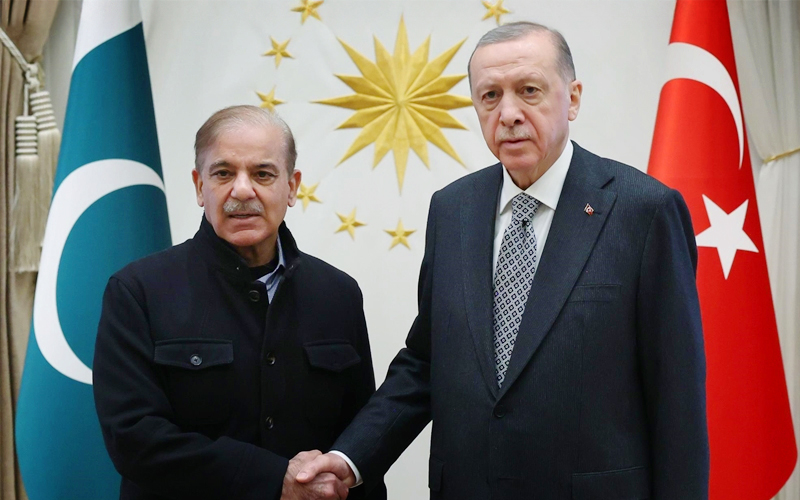‘Warzone’: Inside India’s Deadly Offensive Against Maoists in Chhattisgarh In a dramatic escalation of its campaign against left-wing extremism, India has deployed over 10,000 troops to combat Maoist rebels in the Karrigatta hills, which span Chhattisgarh and Telangana. Dubbed “Operation Zero” or “Operation Kagar”, the offensive marks one of the most aggressive anti-Maoist drives in …
India’s ‘Warzone’ Operation Against Maoists Sparks Fears of Civilian Casualties and Adivasi Alienation
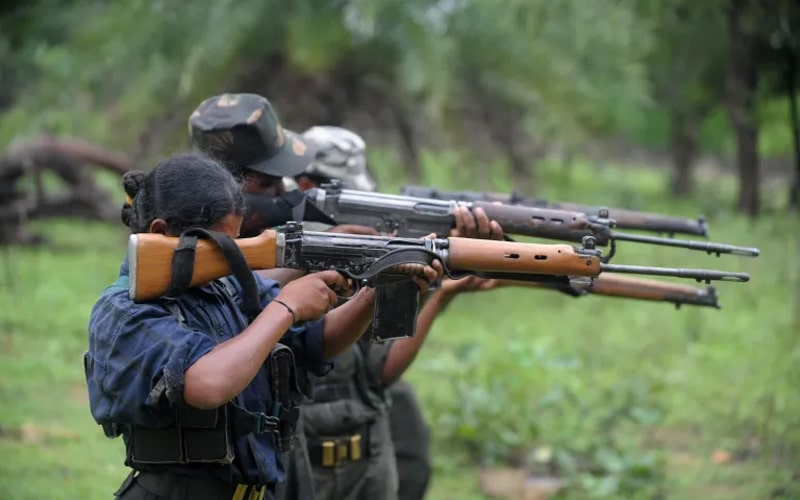
‘Warzone’: Inside India’s Deadly Offensive Against Maoists in Chhattisgarh
In a dramatic escalation of its campaign against left-wing extremism, India has deployed over 10,000 troops to combat Maoist rebels in the Karrigatta hills, which span Chhattisgarh and Telangana. Dubbed “Operation Zero” or “Operation Kagar”, the offensive marks one of the most aggressive anti-Maoist drives in recent Indian history.
The BJP-led central and state governments have intensified military operations in the Bastar region, a mineral-rich area inhabited by Adivasis (Indigenous tribes), seeking to end the decades-long insurgency.
Related: No End in Sight for India’s Bloody Maoist Conflict – Al Jazeera
Mounting Casualties and Human Rights Concerns
According to Indian officials, at least 201 Maoist rebels have been killed this year alone, including 27 rebels on Wednesday, among them a top Maoist leader. Since early 2023, the death toll of alleged Maoists in Chhattisgarh has surpassed 400.
However, human rights activists and opposition politicians warn that many of the dead may be innocent Adivasis, caught in the crossfire or misidentified during raids. Civil society groups are demanding an immediate ceasefire and a return to dialogue-based conflict resolution.
See also: Indian Villagers ‘Crushed’ Between Militia and Maoists
A Long and Bloody History
Between 2000 and 2024, over 11,000 civilians and security personnel have died in Maoist-related violence, according to official government figures. Police sources and Maoist communications report at least 6,160 Maoist fighters have also been killed during that time.
Despite repeated claims by successive Indian governments that Maoist influence is “waning,” the armed conflict continues to simmer, particularly in tribal-dominated forest belts across central and eastern India.
Adivasi Displacement and Militarisation
Chhattisgarh’s Bastar region is rich in iron ore, bauxite, and other minerals, drawing increasing investment from mining and infrastructure corporations. Activists argue that militarisation has gone hand-in-hand with forced land acquisitions, leaving Adivasi communities displaced and disillusioned.
Experts warn that sidelining Adivasi voices, combined with state violence, may deepen mistrust and push more youth toward extremist groups.
A Call for Negotiation or a Path to Escalation?
As India doubles down on militarised solutions, civil society organisations are calling for talks with Maoist leaders to bring a peaceful end to the insurgency. Critics argue that the government’s current “zero-tolerance” strategy may prove counterproductive, further alienating tribal populations rather than integrating them into the democratic fold.
Whether “Operation Zero” brings long-term peace or ignites renewed cycles of violence remains uncertain.
Subscribe to Our Newsletter
Keep in touch with our news & offers






